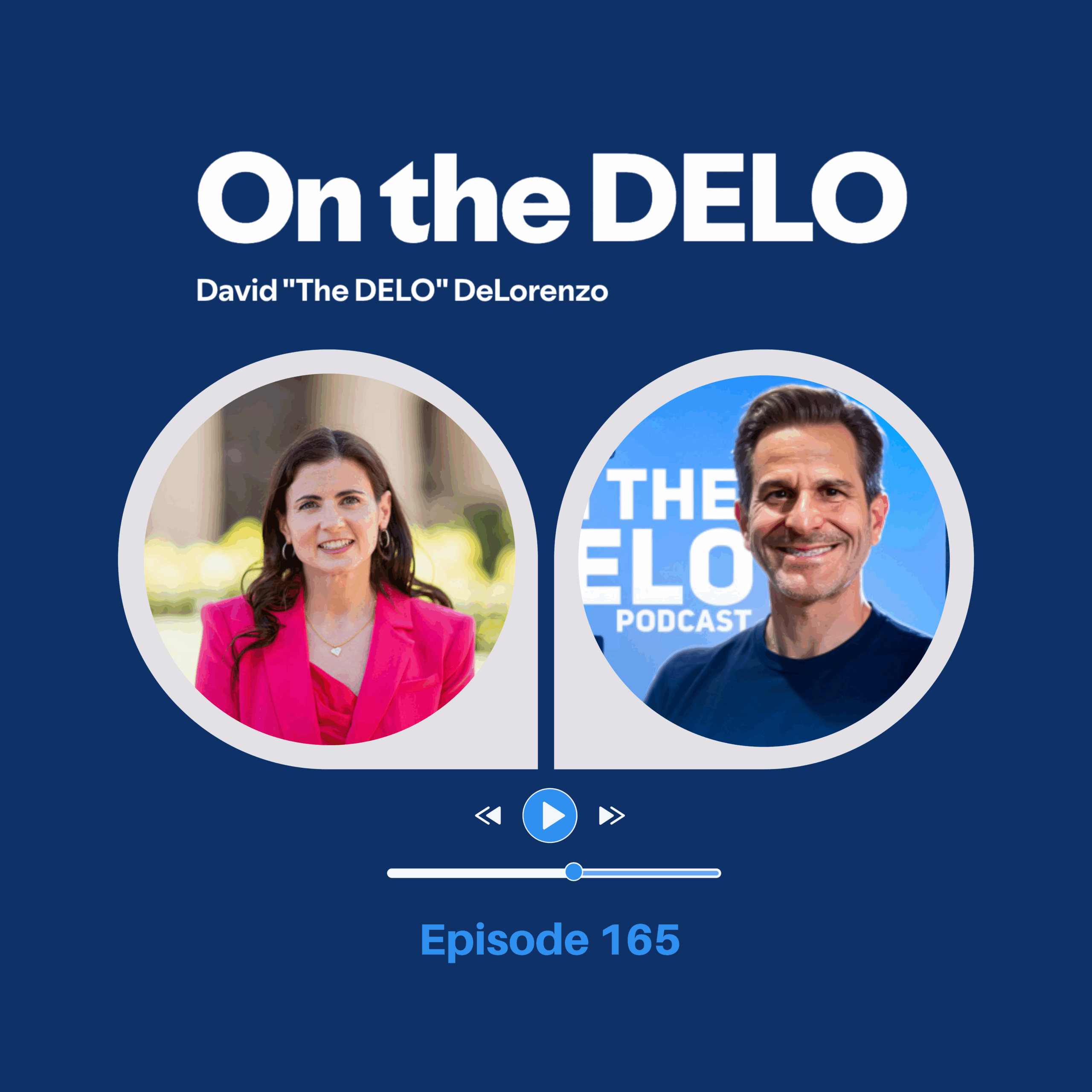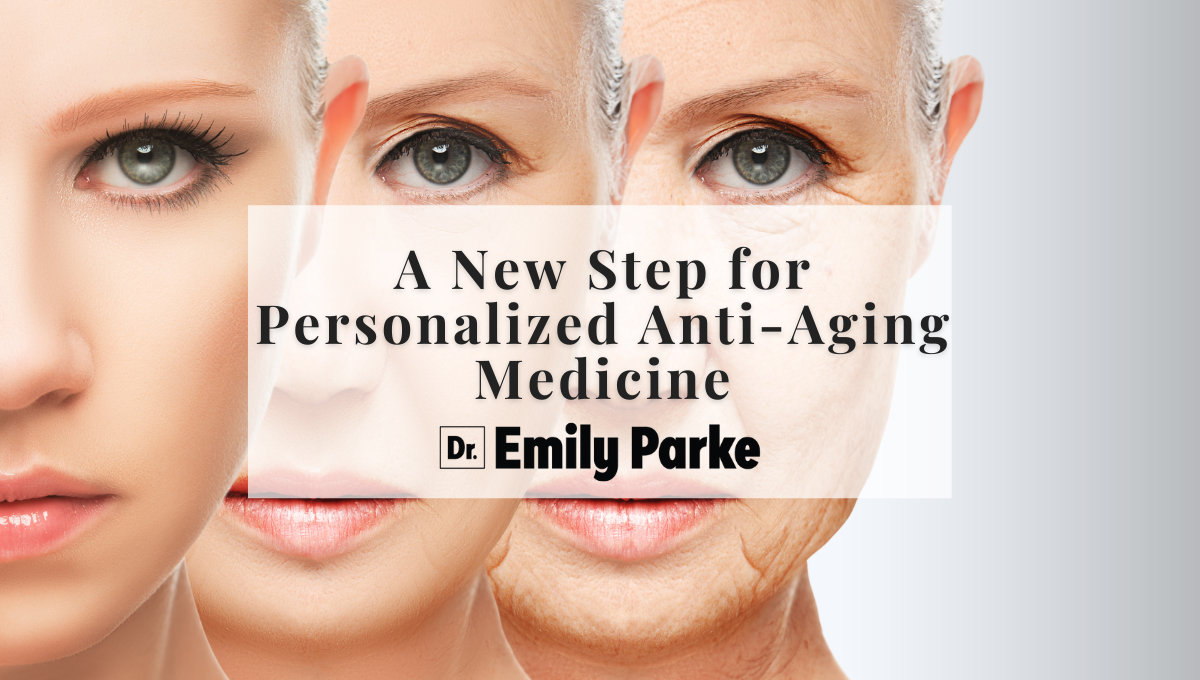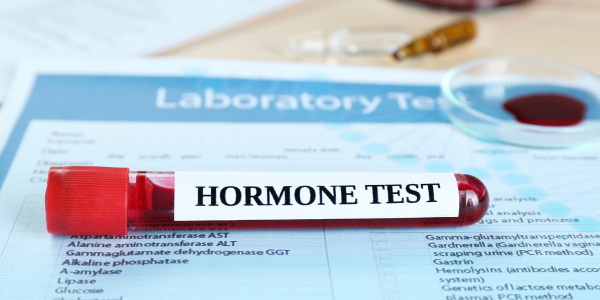

The Best Age Tracking Tool: TruAge PACE
If you are interested in anti-aging or longevity medicine, you might have heard that there are biological age tests that can tell you how well/fast you are aging. These can be as simple as blood marker testing, or tests which measure biomarkers such as telomere length or glycans. However, DNA methylation based biological age tests are considered the best by the scientific community.
Still, even within DNA methylation, there are many algorithms which can be used to interpret age. These started to be developed in 2013 and have improved every year since. However, with all of these available, it is important to know which is the best. DunedinPACE is the best aging algorithm to use, here is why!
Why is DunedinPACE the best biological age algorithm?
DunedinPACE is the best epigenetic algorithm currently available for the following reasons.
- It is the first and only 3rd generation clock
- It is the most precise clock
- It is the most predictive clock
- It has proven correlations to quality-of-life metrics
- It is modifiable by things which effect healthspan and lifespan
- It is best for personalized medicine (because it is an immediate pace of aging)
1st, 2nd, and 3rd Generation Clocks:
What does this mean?
To understand why the first-generation clocks left something to be desired, we have to explore the idea of “phenotypic variation”.
In the picture above, you see 2 women who are both 45 years old. However, one obviously looks much younger than the other. The differences between biological aging rates can be outwardly obvious between individuals.
This difference isn’t captured in their chronological age, since they were both born in the same year. This difference is due to the biochemistry of their bodies.
Generation 1:
The first clocks created by Dr. Horvath and Dr. Hannum in 2013 were a huge breakthrough in age research and science.
At the time, the capability of these clocks seemed amazing. Medical professionals had known for years that age seemed to be the biggest risk factor for almost every chronic disease and death, so wasn’t there something about age that could also predict risk of disease?
These first clocks were trained to predict the chronological age of the patient it tested, based on markers on our DNA called ‘Methylation’. This is the definition of a first-generation clock.
As those first-generation clocks improved, they only got better at predicting chronological age – a person’s birthday. This was very useful for forensic science, identifying the age of someone whose identity was unknown. Having an accurate birthday estimate can narrow down suspects!
The problem with first generation clocks is that the medical field doesn’t necessarily care about the chronological age of a patient. We want to predict risk of disease. We want to track the biochemistry of aging.
So, how do we detect the biochemistry of aging better?
Second Generation Clocks:
In addition to chronological age, second generation clocks were trained to detect biomarkers that seemed to be related to our physiological aging process. They still analyzed Methylation but used those patterns of methylation to detect things like Telomere Length.
The three most popular second-generation clocks are PhenoAge (trained to 10 blood measurements), GrimAge (trained to predict 12 protein measurements and time until death), and the Telomere Length Clocks (trained to predict telomere length).
TruAge PACE includes both DunedinPACE and our second-generation Telomere Length clock.
These second-generation clocks were much better at predicting the risk of negative health outcomes. Lower aging scores appeared to successfully predict decreased disease risk, and those scores were less attached to chronological age, compared to the first-generation clocks.
Even so, there was still room for improvement. These second-generation clocks were created with samples from many people over different timepoints in their life. To get the best aging signal, it would be best to follow the same individuals across their own life at various time points.
That is exactly what the researchers from Duke, Columbia, and the University of Otago did, over the course of 50 years. DunedinPACE was trained on the same patients, across their life.
DunedinPACE: The Third Generation
Instead of using chronological age as a reference point for training, this algorithm was built entirely around phenotypes of aging. Things like muscle density, balance, mental acuity, and many other physiological changes that occur over time. It is the first clock to be trained entirely on the same patients across their lifespan – all the way from age 3 to age 51!
This means intergenerational aging effects are also eliminated in the algorithm’s training process. For example, 50 years ago many people were exposed to more lead through leaded gasoline, less antibiotics, and less microplastics. If we don’t control for the time at which people lived, our algorithm might include markers associated with these exposures rather than just measuring aging.
No previous clock to date has done this.
The clock creation was led by Duke professors Terrie Moffitt and Avshalom Caspi. Their team built a database of phenotypic expressions of age and designed the clock to quantify the rate of decline in system integrity experienced by an individual over the recent past. It is designed to track methylation markers of Age Acceleration – the speed at which your cellular functions fail throughout the body.
This new algorithm is a speedometer for the body’s aging process.
DunedinPACE is the Most Precise Clock
One of the biggest critiques of previous methylation-based biological age clocks are that they have too much variability between retests of the same sample. Some of the original clocks could vary up to 4 years, even if you tested the same sample a few days apart.
This is a very valid concern. For instance, if you took a baseline test then implemented a new diet and exercise regime and measured it again after a few months you could see “false” increases or decreases – first and second-generation clocks could only look at long-term periods of aging, not short-term changes.
We want these tests to be clinically useful – which means short-term responsiveness and reliability. We already know the aging algorithms are accurate, but are they precise?
Intraclass Correlation (ICC) value measures precision. The ICC of an algorithm is a statistic which describes the margin of error when testing. Or, how similar are the results of a single sample tested multiple times?
All of the popular algorithms’ ICC values have had some issues in accuracy. However, the DunedinPACE is extremely precise with an ICC value over 0.90 – the best of any clock!
The DunedinPACE is the most predictive clock
While the precision of clocks is driven by the reproducibility, the accuracy is often driven by how well it can predict health outcomes.
Therefore, the best clocks would show increased aging for someone who is likely to become sick or to die and decreased aging for someone who is healthy and resistant to disease.
The DunedinPACE is excellent at this with high correlations to disease.
Its speedometer readout shows your biological rate of aging compared what is expected, or what is average at a population level. The average is set at ‘1’ – the middle of the speedometer. A slowing-down aging rate would be below 1, while an accelerating aging rate would tip the scale past 1.
Research diving into the Dunedin Pace of Aging algorithm (Sarah Hagg et al,. 2020) verified that people the PACE algorithm identified as aging faster had a greater risk of poor health, developing chronic diseases or dying earlier. Faster-aging cohorts also displayed a higher long-term risk of cardiovascular diseases, Alzheimer’s disease, along with MRIs that showed a reduction in cortical thickness.
Conversely, those that the algorithm identified as aging more slowly performed better on tests of balance, strength, walking speed and mental ability, with greater muscle mass and a facial appearance that looked younger.
In fact, patients who had significantly accelerated aging, were 16% more likely to die and 23% more likely to develop a chronic disease. That means they were 65% more likely to die in our cohorts than those at normal or slow aging.
So, it’s important to keep your pace of aging as low as possible for as long as possible.
Dunedin PACE Predicts Mortality
The graph below shows mortality in the Framingham Heart Study Offspring Cohort.
The figure plots Kaplan-Meier curves for three groups of participants in each of the two cohorts into 3 risk categories.
1. Those with a DunedinPACE score of 1 standard deviation or more below the mean (‘slow’ DunedinPACE, blue line)
2. Those with a DunedinPACE within 1 standard deviation of the mean (‘average’ DunedinPACE, purple line)
3. Those with a DunedinPACE score 1 standard deviation or more above the mean (‘fast’ DunedinPACE, red line).
Censoring of participants prior to death is indicated with gold hash marks. The numbers below the figure details the number of participants at risk per 3-year interval and, in parentheses, the number who died during that interval.
As you can see, individuals whose DunedinPACE score were in the ‘fast’ category had a progressively lower survival rate compared to individuals with an ‘average’ or ‘slow’ pace of aging score.
DunedinPACE has the Highest Correlations to Quality-of-Life Metrics
We also know that optimal aging is more than just trying to live longer and to avoid disease. We also want to thrive with a high quality of life. The good news is that we know the DunedinPACE is extremely correlated with these outcomes as well.
Take a look at some of the pictures below. In these pictures, Duke researchers analyzed the DunedinPACE cohort at the age of 45 and overlaid 10 individuals from each of those three risk groups: Slow-aging, average-aging, and fastest-aging.
It’s clear that the individuals in the ‘slowest-aging’ group outwardly looks younger, while the fastest-aging individuals appear older than 45, even to the layman. This is a demonstration of Facial Aging.
However, we wanted to see how their rate of aging compared to quality-of-life outcomes such as Grip Strength (muscle lost with age), Balance testing (balance lost with age), Brain MRIs, IQ, and more.
By age 45, people who were in the fast-aging group:
- Had the poorest balance as adults
- Had the weakest grip strength
- Showed the most decline in cognitive function from childhood to the time tested.
They looked inside the brain too. Check out the results from their MRIs:
A faster pace of aging was associated with a thinner brain cortex, and smaller brain surface area at age 45. Faster pace of aging was also associated with more white matter hyperintensities at 45 compared to other groups, also known as ‘leukoaraiosis’. White matter hyperintensities are associated with cognitive impairment, tripling the risk of stroke and doubling the risk of dementia.
What does all of this mean?
Well, to start, pace of aging is greatly correlated with physiological changes we call ‘signs of aging.’ As someone’s pace of aging accelerates, their physical and mental performance decreases.
Individuals with a slower rate of aging can move around the world better, remain mentally sharp, and even look younger for much longer. All of these are quality of life improvements that help you stay in good health for longer.
The DunedinPACE supports what medical professionals have intuited about aging for years – this is EXTREMELY Important
These clocks are the best ways to predict age related outcomes. However, we still don’t know exactly why we see these patterns occurring on our DNA.
In order to make sure that this is a reliable and useful measurement, we also need to ask: Do these clocks respond to treatments we already know beneficially affect biology related to aging?
While previous clocks were feasible to use, were associated with chronological age, and could even predict some age-related change in function like chronic disease or mortality…. none of the clocks were very responsive to interventions or treatments.
DunedinPACE is responsive
One of the cohorts used to validate to prove this consisted of middle-aged, non-obese adults enrolled in the CALERIE trial. This trial tested the effects of caloric restriction (an intervention that has been successful in animal models to lengthen lifespan and slow physiological signs of aging) over a period of two years.
As you can see in the image above, from the results of the trial, DunedinPACE was able to show a decrease in the rate of aging in those groups who restricted calories by approximately 11% over 2 years.
This means that this algorithm does respond to interventions known to beneficially affect aging.
Most first and second-generation algorithms failed to predict the positive effects of caloric restriction in the same cohort. The CALERIE study found that, only GrimAge and DunedinPACE both were able to predict improvements in health, PACE was far more responsive to short-term changes.
DunedinPACE is the best age-tracking tool for personalized medicine
One of the big issues that anti-aging medicine has faced is the lack of an objective metric to measure changes in aging rate in individuals. Two individuals may not respond in the same way to the same intervention. For instance, individuals can have drastically different responses to the same medications and supplements.
PACE solves this problem, offering a personal look at a patient’s own rate of aging. One person can try the same intervention as another, however, their impact on aging might differ.
The sensitivity, precision, and biological signal that DunedinPACE is measuring makes it perfect for individualized and personalized medicine.
We recommend three months between tests, to show actual epigenetic changes that come as a result of recent lifestyle changes and clinical interventions.
PACE is a great tool to add to your longevity-based analysis because, unlike earlier biological age clocks, it is able to tell you how your recent choices are affecting aging at the precise moment of the test, instead of just the overall age of your body.
Optimize Aging Early
Changes to pace of aging is especially effective when patients begin aging optimization while they are young. Slowing aging earlier showed greater benefits and reduction of disease risk, compared to people who reduced their aging rate later in life.
This means that people of all ages should pursue a lower PACE score, to have a longer life with fewer age-related diseases.
You now have the ability to detect rapid aging at an early age, and head it off with preventative measures as a young adult, rather than trying to reverse the cumulative effects of aging that have already begun to express outwardly.
Why start early:
- Exposures begin accumulating early in life.
- Changes to physiology and aging biomarkers appeared many years before disease diagnosis.
- Organ damage is difficult to reverse fully
- Preventive interventions are more effective, the earlier you begin
While slowing pace of aging early has advantages, it’s never too late to achieve some benefit.
Summary
DunedinPACE is the best algorithm for epigenetic age quantification. It is the most precise, the most predictive, linked to outcomes which include quality of life metrics, changes in response to validated interventions, and is now available at a lower cost. You can stop into the office to get your test started. It is a simple blot spot that we will collect for you and send off for analysis. Once the results come in (average of 2-3 weeks), we will discuss your personalized longevity plan. The plan will of course include diet and lifestyle changes, but also key nutritional supplements, and prescription medications and/or peptides as needed. Once the plan is implemented, we will re-test in 6-12 months to see the effectiveness.
If you are interested in anti-aging or longevity medicine and learning what you can do to look and feel your best as you age, this program is for you! At Arizona Wellness Medicine we combine Functional Medicine and the best of Anti-Aging Medicine for superior results. Call our office at 602-892-4727 or fill out this contact form for more information.
Share:
Dr. Emily Parke
Social Media
Most Popular Posts
Subscribe To Our Newsletter
Related Posts

New Podcast Episode: My journey into functional medicine + what I’ve learned
I’m excited to share that I recently joined DeLo for Episode 165 of the On the DeLo podcast! In this conversation, we explored my journey

Understanding the Essential Labs for Women on Hormone Replacement Therapy (HRT)
So what are the minimum labs we’re looking at when we do hormone replacement therapy? We obviously want to look at an estrogen level, so

How to figure out the right amount of HRT in women
What about checking lab values when you’re on hormone replacement therapy? I do find it to be helpful, but we also want to consider symptoms.

Did you know there’s a difference between food allergies, sensitivities, and intolerances?
Did you know that there’s a difference between food allergies, food sensitivities and food intolerances? Food allergies, the reactions tend to happen pretty immediately and
